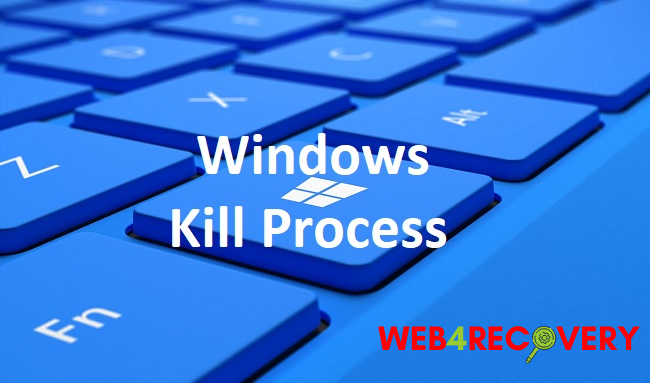Efficient system management often involves controlling and terminating processes that may be consuming too many resources or causing issues with your computer’s performance.
The Command Prompt in Windows provides a robust environment to manage these processes.
This article will guide you through using Command Prompt to kill processes in Windows, including those on a specific port, by name, when you encounter ‘Access Denied’, and even Python processes.

Understanding Processes and Command Prompt
A process, in simple terms, is an instance of a running program. Sometimes, these processes can consume a lot of system resources, cause software conflicts, or hang, leading to decreased system performance.
Command Prompt, a command-line interpreter application available in most Windows operating systems, allows users to input specific commands to execute advanced administrative functions, automate tasks, troubleshoot, and solve certain kinds of Windows issues.
Killing Processes Using Command Prompt in Windows
There are multiple commands available to kill processes in Command Prompt, but the most commonly used are taskkill and tskill.
Here’s how to use the taskkill command:
- Open Command Prompt by typing ‘cmd’ in the Search bar and selecting ‘Run as administrator’.
- To view all running processes, type
tasklistand press Enter. - To kill a process by its PID (Process ID), type
taskkill /PID processID(replace ‘processID’ with the actual ID of the process) and press Enter. - To kill a process by its name, type
taskkill /IM "processname.exe"(replace ‘processname.exe’ with the actual process name) and press Enter.
Killing a Process on a Specific Port
Sometimes, you might need to kill a process running on a specific port, especially when dealing with network applications. Here’s how:
- To find out which process is using a particular port, use the
netstat -ano | findstr :YourPortNumbercommand. - Note down the PID of the process.
- Use the
taskkill /PID processID /Fcommand to forcefully kill the process.
Overcoming ‘Access Denied’ When Killing a Process
‘Access Denied’ is a common error message when you try to kill a process that is being run as an administrator or system process.
To overcome this issue, ensure you are running Command Prompt as an administrator. If the process is a system process, be cautious as terminating it could cause system instability.
Killing Python Processes
Python scripts often run as separate processes, which you can terminate using Command Prompt. If you know the name of the Python script, you can use the taskkill /IM "python-script-name" command.
Alternatively, if you want to kill all running Python processes, you can use the taskkill /IM python.exe /F command.
Conclusion
The ability to kill processes using Command Prompt is a powerful tool for managing your Windows system.
Whether you’re dealing with general applications, network-related processes, stubborn processes that yield an ‘Access Denied’ message, or Python scripts, Command Prompt commands can help you control what runs on your system.
As always, be cautious when terminating processes, as some of them might be crucial for system functions. With this guide, you should be well equipped to handle process management in Windows using Command Prompt.

















